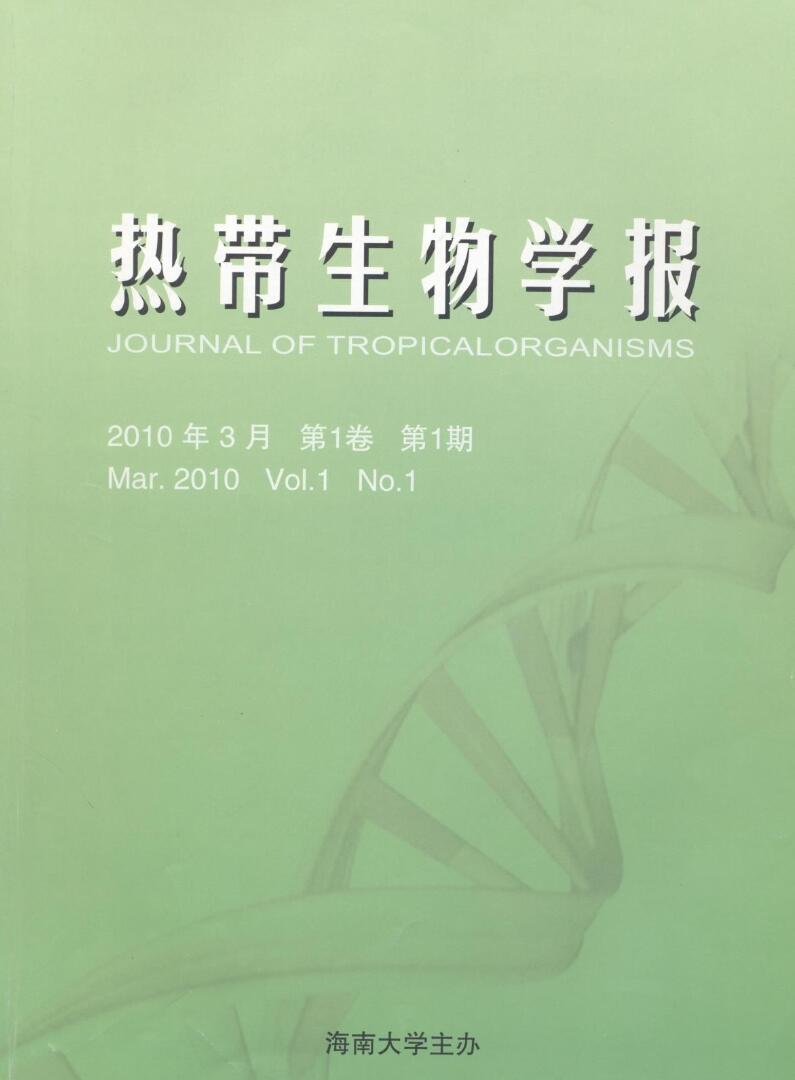Construction and Autoactivation Identification of Bait Vector Containing Papaya eIF4E and eIFiso4E Gene in Yeast Two Hybrid System
doi: 10.15886/j.cnki.rdswxb.2010.01.014
- Received Date: 2009-09-09
-
Key words:
- papaya /
- eIF4E /
- eIFiso4E /
- yeast two-hybrid /
- activation identification
Abstract: The coding regions of papaya eIF4E and eIFiso4E were amplified by RT-PCR and then fused with pBD-GAL4 vector. After confirmation with sequence analysis,the plasmid was transformed into the yeast cell,YRG-2,and the toxicity and transcriptional autoactivation of expressed protein were tested. The results indicated that the coding regions were successfully amplified and subcloned into pBD-GAL4,and the YRG-2 transformed with bait plasmids grew well on SD/trp plate but not on SD/-his-trp. These data showed that the bait vectors,pBD-GAL4-eIF4E and pBD-GAL4-eIFiso4E,were expressed correctly without toxicity,and could not autoactivate the transcription of reporter gene alone in yeast two hybrid systems,and could be used for analyzing the interaction between papaya eIF4E,eIFiso4E protein and virus.
| Citation: | WU Jin-yan, YAN Pu, SHEN Wen-tao, ZHOU Peng. Construction and Autoactivation Identification of Bait Vector Containing Papaya eIF4E and eIFiso4E Gene in Yeast Two Hybrid System[J]. Journal of Tropical Biology, 2010, 1(1): 50-54. doi: 10.15886/j.cnki.rdswxb.2010.01.014 |






 DownLoad:
DownLoad: